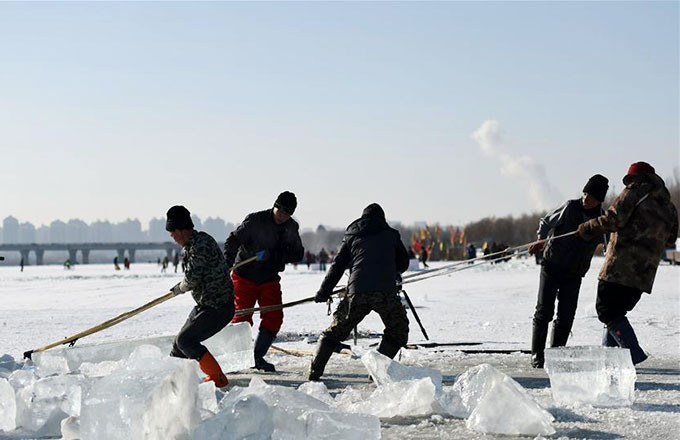Amber alert across Asia, but not red
These are the first two consecutive quarters of negative growth in Thailand since the initial phase of the global financial crisis, when the economy contracted by 5 percent in the final quarter of 2008 and 2.5 percent in the first quarter of 2009.
The Thai currency, the baht, has dropped to its lowest level in three years against the US dollar. The current account has dramatically changed from a surplus of $1.3 billion in the first quarter of 2013 to a deficit of $5.1 billion in the second quarter.
Indonesia recently hiked both its benchmark policy rate and overnight deposit rate by half a percentage point to shore up the rupiah and reduce domestic demand. The government has also announced a raft of policy measures to reduce the current account deficit.
The problems facing Asia and emerging markets, however, are not entirely of their own making.
Now that the economic dark clouds that have hung over Europe for years are starting to clear and with the economies of Japan and the US starting to show new signs of new life, the so-called hot money that flooded into emerging markets is now rushing back out to what The Economist described as the "perceived safety of rich-world assets".
But unlike 1997, Asia now has China, which has become the region's most important market. But even as China's growth slows slightly, the ripple effect is nonetheless hurting some Asian markets.
Is it enough to trigger another financial crisis?
OCBC Bank's Ling sees some similarities such as the risk of capital outflows triggered by a tapering of quantitative easing, as printing more dollars is known, in the US.
She says there are the "deteriorating economic fundamentals", such as current account weaknesses, credit booms and asset price inflation.
Some of these worsening economic fundamentals are now starting to be seen in India, Indonesia and Malaysia.
But there are a number of differences between what is happening today and back in 1997, Ling says.
"Foreign reserve levels are significantly higher and outweigh external debt by comfortable margins," she says.
"Macroprudential measures have been prevalent, limiting the risk of a sharp asset price correction when interest rates normalize, made another difference.
"The risk of a domestic-triggered systemic banking sector crisis is less today than it was back then, while unemployment levels are low and household balance sheets are healthy."
Ling says that currencies are free-floating and can partially buffer against any external shocks while swap line facilities are also available.
"Some are harkening back to the 1997 Asian financial crisis as if it's about to happen again in 2013," she says. But although there are some risks, Ling believes that the chances of a similar crisis are low.
"Asian economies have been on a steamroller boom for the last three-plus-years since the 2008 global financial crisis."
Many economies in the region are fundamentally on a much firmer economic footing this time round, Ling says.
















